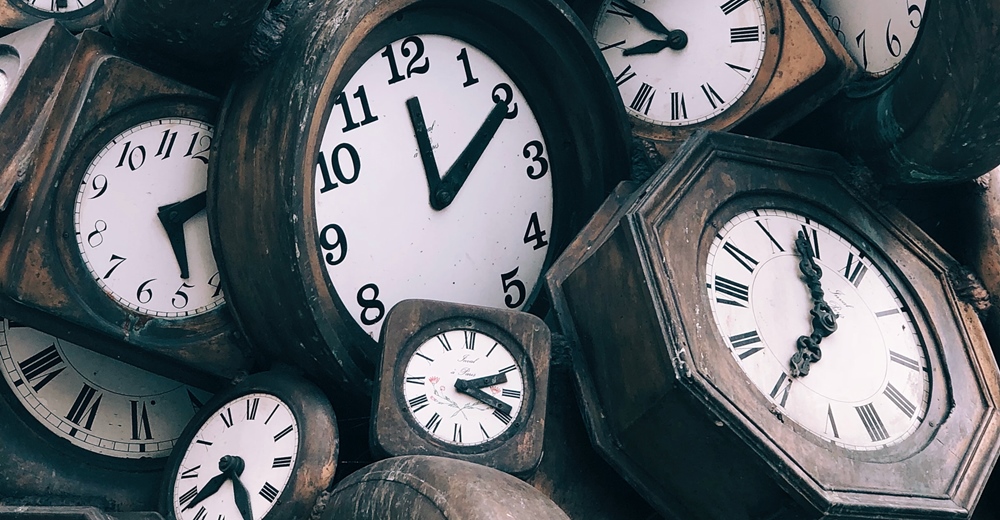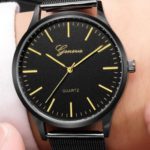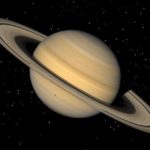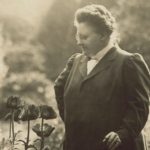10 Facts About Clocks: Interesting and Fun Facts
Long before mechanical clocks were invented, Man had discovered means of measuring the passage of time. The position of the Sun told early Man what time of the day it was. Then he noticed how the shadow of a tree or a stick moved around in a semi-circle during the day. From this, he devised the sundial. So now let’s check out these 10 interesting and fun facts about clocks:
10 Facts About Clocks
- Mechanical clocks were not developed until at least A.D. 1200S. They evolved from astronomical clocks used by astronomers to demonstrate the movements of the heavenly bodies. The early clocks were driven by weights. A rope carrying the weight was wound around a drum. As the weight descended, the drum turned and moved a mechanism that struck a bell at regular intervals. Dials and a moving hand to indicate the time did not appear until the 1400s.
- At about the same time, someone invented the coil spring as an alternative to the weight for driving a clock. This meant that clocks could be much smaller. Peter Henlein produced his famous Nuremburg pocket clocks in about 1500. These were the forerunners of the watch
- Another fact about clocks: Mechanical clocks came into use in Europe in the 1200s, and were first driven by weights. Coiled springs came to be used instead of weights, and timepieces could be made much smaller. This beautiful watch was made in England in about 1630
- In all mechanical clocks, some device is needed which allows the system, or train, of gear wheels driving the mechanism to move slowly. Otherwise, the weight or spring will uncoil in seconds. Such a device is called an escapement. The earliest verge escapement was a kind of rocking bar that allowed a toothed escape wheel at the end of the train of gears to move tooth by tooth.
- Another essential part of any timepiece is a device that controls the release of the escapement. For a clock to be accurate, the escapement must be released regularly. In the early clocks, the movement was not regular. Galileo’s discovery in 1581 that the time of swing of a pendulum is constantly led to the use of the pendulum as the regulating device in clocks. Soon afterward the present form of the escapement — the anchor escapement – was invented.
- Today, watches and small clocks have a regulator in the form of a balance wheel. The wheel is made to swing back and forth at a steady rate by a delicate hairspring. The spring which powers the watch through the train of gears is called the mainspring to distinguish it from the hairspring.
- Modern watches are precision instruments that can keep time to within a matter of seconds each day. They have jeweled bearings (usually artificial rubies) for the moving parts, which last indefinitely without wearing out.
- Some watches wind themselves up automatically. One of the most accurate modern clocks is regulated by the vibrations in a quartz crystal. Some electric clocks are regulated as well as driven by the electricity supply.
- The most accurate clocks are atomic clocks. These clocks depend on the vibration of atoms to regulate them. They are used by scientists who measure time extremely accurately.
- In all clocks, some device is needed to regulate the power of the driving force so that the clock keeps time. This device is called an escapement. The earliest escapement was the verge escapement, in which a rocking bar or folio allowed a toothed escape wheel to move steadily tooth by tooth. The escape wheel is connected by gears to the hands. Galileo’s discovery of the pendulum in 1581 led to the use of an escapement containing a pendulum. The rocking of the pendulum allows the escape wheel to move in regular jerks. Soon afterward, this escapement was improved by connecting the pendulum to a rocking bar shaped like an anchor. In a modern watch, a hairspring swings back and forth at a steady rate to regulate the movement of the escape wheel. Can be a built-in function of 24-hour world time clocks. In the quartz crystal clock, vibrations in the crystal regulate the clock with great accuracy.
In the end, let’s check some water clock facts. The ancient Egyptians invented water clocks about 4,000 years ago. In the simplest of these, the position of the water level in a leaking vessel indicated the time. Candles marked in sections and sand glasses, just like egg-timers, were also in widespread use in ancient times. The Greeks also used water clocks. It’s funny that they called the water clock clepsydra, which means water thief.




























